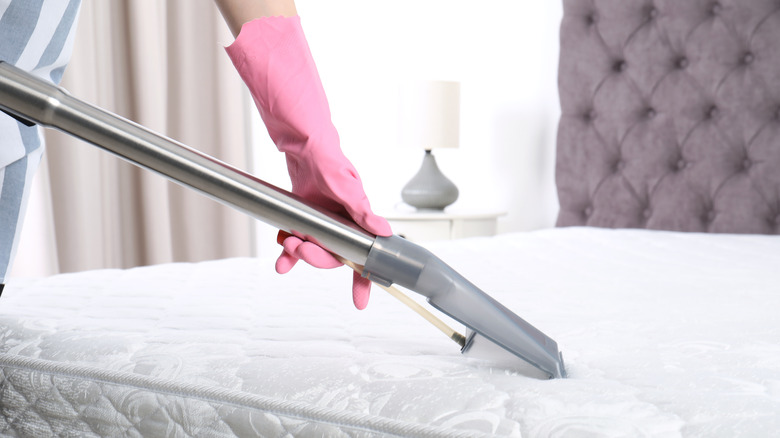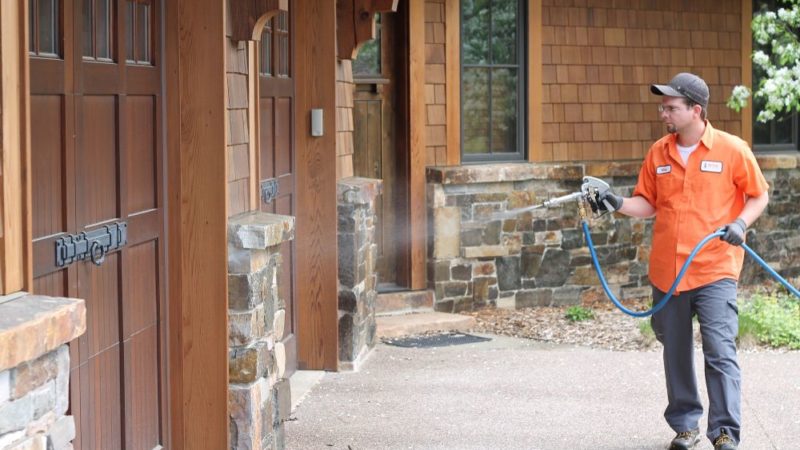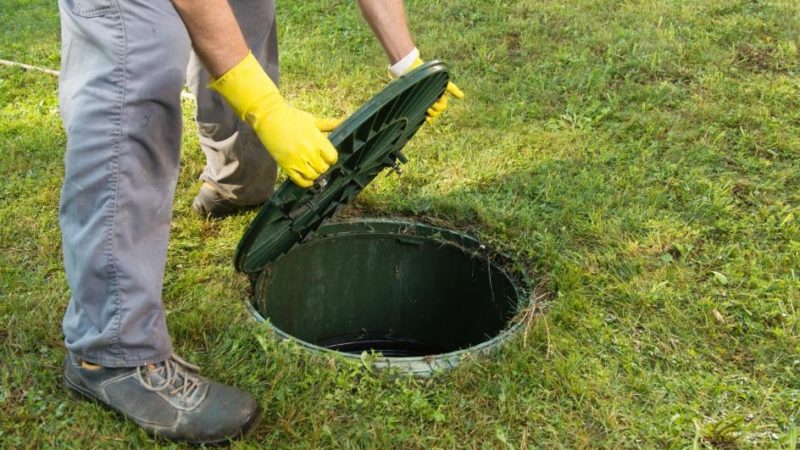Introduction
While you can ignore your refrigerator’s lower cooling efficiency and other minor problems, you can’t ignore a leaky fridge. Apart from increasing the chances of an electrical fire, a leaky refrigerator also damages insulation and floors. To get your refrigerator fixed, you can search for “refrigerator repair near me” and hire professionals for the job. Otherwise, you can diagnose the refrigerator to figure out why it’s leaking and fix it yourself.
The Reasons
1. Check the level – Check the level of the refrigerator. While some refrigerators are designed to stay slightly tilted at the back so that the door can close easily, that’s about it. It’s a difference of a few degrees that is barely noticeable. Moreover, the refrigerator is designed with that minor tilt in mind and shouldn’t leak because of it. That means your refrigerator may have been installed poorly and is tilting far enough for malfunctions and leaks.
You can test out the level of your refrigerator with a spirit level and if the tilt is noticeable, you need to fix it. There are adjustment screws at the feet of the refrigerator that allows you to raise or lower it according to your needs. Lift up or lower the feet and check the level of the refrigerator with a spirit level. Do this for both side-to-side and front-to-back to make sure the refrigerator is level.
2. Water supply line – Any damage to the water supply line or the inlet valves of your refrigerator can lead to leaks. However, before pulling the refrigerator away from the wall, check the ice-making capacity and water flow of your refrigerator’s water dispenser and ice maker. If the water supply line is damaged, it would lead to poor water flow. If that’s the issue, clear out the refrigerator of all the perishables before you unplug it.
After unplugging the refrigerator pull it away from the wall since the water supply line should be accessible from the back. Check the water inlet valve for any damage and also check the hose that connects to the water filter and ice maker of your fridge. If there is water dripping from that hose, you have the source of the leak. If you want to replace it yourself, you’ll need to look up the parts on the manufacturer’s manual or website and order it.
3. Drain pan – The drain pan collects moisture from the fridge. It is also connected to the ice maker and freezer inside your fridge and collects water every time it gets defrosted at those sources. However, the amount of water that gets collected by the drain pan is very small and should evaporate on its own. Look under your refrigerator and if you see water dripping down from the drain pan, it’s the source of the leak. Fortunately, a damaged or cracked drain pan isn’t a major issue and can be easily replaced without plugging off your refrigerator.
4. Ice maker – The ice maker is connected to the water supply line or the water filter via an inlet tube. However, if the inlet tube gets clogged or frozen, it won’t allow water to flow, build pressure and cause leaks. Unplug your refrigerator and remove the ice maker. You’ll need to unscrew the screws and remove the wiring as well.
Touch the inlet tube and if it feels cold and solid, it has been frozen. You can thaw it with warm water or simply use a hairdryer to melt away the ice. If there are any large particles that are clogging the inlet tube, you need to flush them out. On the other hand, if the inlet tube has been torn or damaged, you need to replace it.
5. Defrost drain – The defrost drain is placed at the back of the fridge and can get clogged if you overstuff your refrigerator. Anything from food particles to other debris may clog the drain and that makes the freezer work extra hard since it can’t reduce moisture levels. This can cause condensation buildup that slowly falls to the floor to form a puddle of water.
To fix this issue, you need to clear out your freezer and remove some items or rearrange them so that there’s proper airflow. Also, make sure to clean the freezer and flush the defrost drain with warm water to get rid of the blockage.
6. Evaporator fan motor – The evaporator fan motor runs the fan of the evaporator to make the coils work efficiently and keep the freezer sufficiently cool. However, if the evaporator fan isn’t functioning properly it can lead to all sorts of problems. A major one among them is water leaks.
Similar to the defrost drain, the evaporator motor can get clogged by debris or lint. To fix this issue, you can clean out the freezer. If that doesn’t solve the problem, you need to get the motor repaired. This kind of repair job requires a lot of expertise and involves greater risks. That’s why it should be left to professionals.
7. Door seal – Your refrigerator door has a thick rubber seal applied across the edges to form a perimeter. When the door is closed, this seal keeps the door shut and also prevents hot air from coming in or cool air from going out. When the seal isn’t tight enough, hot air from the outside enters the fridge, cools down, and forms puddles.
Check the seal of your refrigerator door by sticking a $10 bill inside it. Keep half of the bill outside and close the refrigerator. If you can slide out the bill without any resistance, the seal is damaged. You can buy a new refrigerator door seal from the hardware store and replace it to fix the leaky problem.
Conclusion
There are many reasons for a leaky refrigerator. From a damaged drain pan and water supply line to the refrigerator not being level. It’s great if you can fix these problems by yourself. However, if they seem too complicated, you can search for “refrigerator repair near me” and hire qualified technicians to fix your refrigerator.








